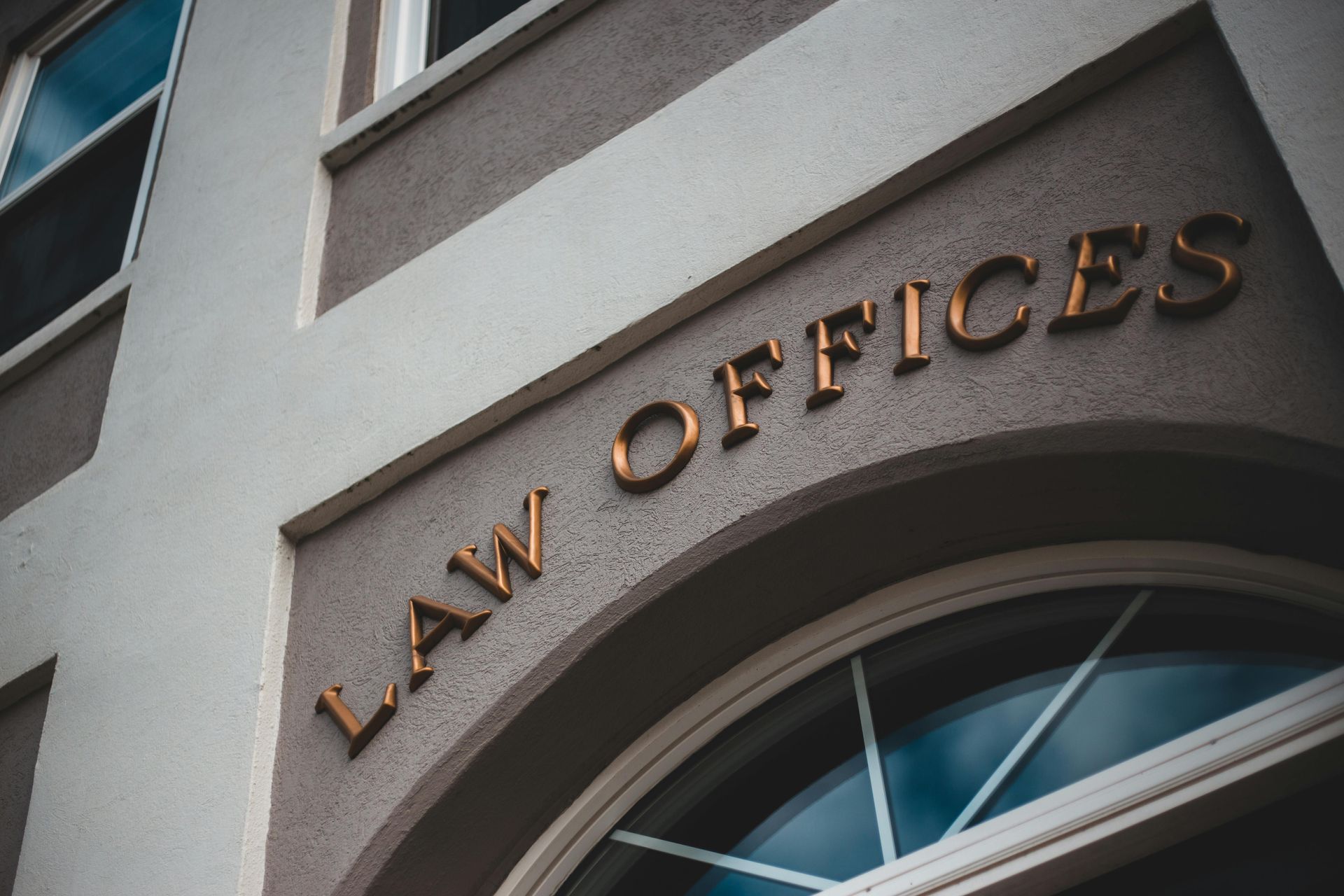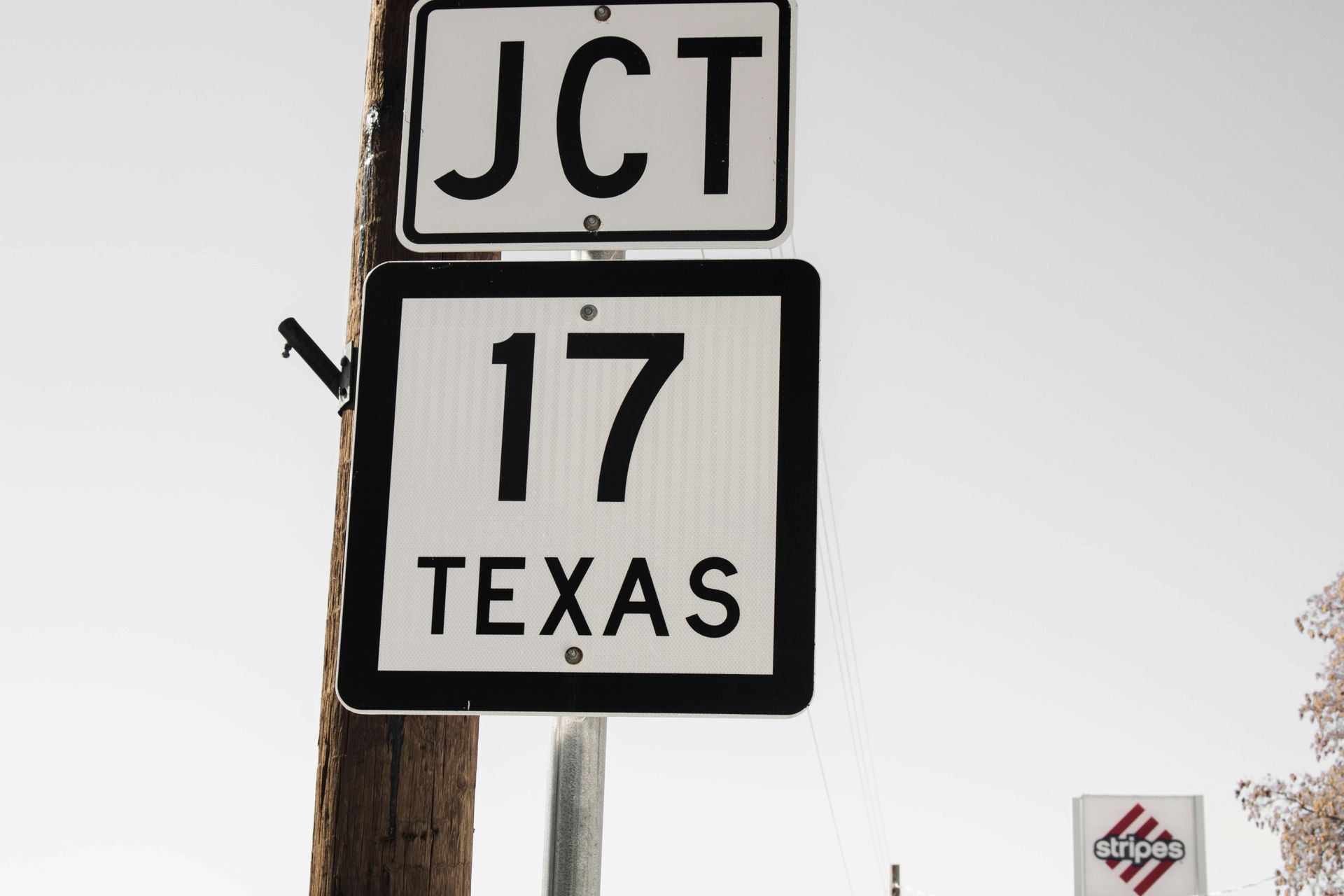Request for Reconsideration in Trademark Office Action
ATTORNEYS IN DALLAS
How to respond to a final office action by filing a request for reconsideration or a notice of appeal with the Trademark Trial and Appeal Board, and understand the options available to the Examiner, including approval for publication or registration, application abandonment, or issuance of a continuing final refusal, all within the six-month statutory period.
Request for Reconsideration in Trademark Office Action
A final office action can be responded to with a request for reconsideration. When an Examining Attorney issues a final action, the applicant's appropriate response is to file a notice of appeal with the Trademark Trial and Appeal Board and, optionally, to file a request for reconsideration with the Examiner. Filing the notice of appeal incurs a fee of $100.00 per international classification, while there is no fee for filing the request for reconsideration. Generally, the Examining Attorney is unlikely to change their position on the grounds for refusal. However, in the reconsideration request, the applicant can introduce new issues, such as amendments that could place the application in condition for publication, registration, or strengthen it for an appeal.
It's important to note that filing a request for reconsideration does not extend the deadline for filing a notice of appeal or a Petition to the Director. To preserve the time for appeal within the six-month period, the applicant must file the notice of appeal. If the request for reconsideration is unsuccessful and no notice of appeal has been timely filed, the application will be abandoned due to an incomplete response. Any Office Action related to the request for reconsideration should address any new evidence submitted. However, regardless of whether new evidence is submitted, the Examining Attorney may introduce additional evidence pertaining to the issue under reconsideration. For further details on this rule, refer to the Trademark Manual Of Examining Procedure §715.03.
If the request for reconsideration does not raise a new issue and no notice of appeal has been filed, the Examiner has several options:
(1) approve the application for publication or registration if convinced that the refusal has been overcome and the application is in appropriate condition;
(2) abandon the application if the Examiner remains unconvinced that the refusal has been overcome;
(3) issue an office action stating that the request for reconsideration is denied, no appeal has been filed, but there is still time within the six-month period to file a notice of appeal; or
(4) issue an office action indicating a continuing final refusal, but allowing the applicant to attempt to overcome the refusal within the remaining statutory period.
The latter option is discretionary on the part of the Examining Attorney as per 37 C.F.R. §2.65(b) and provides the applicant with a 30-day Letter to address outstanding matters.
Introduction of New Issue Into A Request for Reconsideration
If the request for reconsideration includes an amendment that introduces a new issue, the Examining Attorney must issue a non-final office action with a six-month response period to address the new issue while maintaining the final refusal. Alternatively, the Examining Attorney may issue a new final action called an Examiner's Subsequent Final Refusal. Evidence that is cumulative and not materially different from previously submitted documents and arguments will not raise a new issue requiring a new final or non-final action.
For instance, if an application was refused based on the mark being deemed merely descriptive under Trademark Act Section 2(e)(1), and the applicant requests an amendment seeking registration on the Principal Register under Section 2(f) due to acquired distinctiveness, this would be considered a new issue. Similarly, if the same applicant includes an amendment requesting registration on the Supplemental Register, this would also be considered a new issue and a suitable response to a final refusal.
Trademark Resources & Services
- Trademark Overview
- Trademark Registration
- Trademark Licensing
- Trademark Infringement
- Trademark Protection
- Trademark Coexistence
- Trademark Guidelines
- Trade Dress Protection
- Trademark Oppositions & Trademark Cancellations
- Cybersquatting
- UDRP Domain Name Proceedings
- Trademark Portfolio Management
Need any help?
Getting in touch is easy. Use the form below and request a free consultation today.
Industry Resources & Services
- Alcohol & Beverage Law
- Blockchain Law
- Cosmetics Product Law
- Crypto-currency Law
- Cyber-security Law
- Digital Marketing
- eCommerce Law
- Energy Law
- Fashion Industry Law
- Health Technology Law
- Oil & Gas Law
- Product Industry Overview
- Professional Services law
- Real Estate Development Law
- Restaurant Services Law
- Retail Business Law
- Software Industry Law
- Sporting Goods Law
- Technology Law
- Video Gaming Industry Law
Trademark Resources
- 66(a) Applications
- Abandoning a Trademark Application or Withdrawing a TTAB Proceeding
- Abandonment and Nonuse
- Abbreviations as Trademarks
- Accelerated Case Resolutions
- Acquired Secondary Trademark Meaning
- Amending Trademark Application
- Assigning a Trademark
- Assigning a Trademark and the Intent to Use Application
- Avoiding Fraud on Trademark Applications
- Avoiding Trademark Litigation
- Basis for Filing a Trademark
- Benefits of Registering a Trademark
- Bona Fide Intent to Use
- Celebrity Trademarks
- Challenging the Relatedness Factor
- Challenging Trademark Rights
- Claims in a Notice of Opposition
- Co-Existence Agreements
- Common Law Trademarks in the Internet Era
- Common Law Use and Priority
- Conflicting Marks
- Consent Agreements
- Constructive Use Priority
- Dates of Use
- Defenses in Opposition and Cancellation Proceedings
- Descriptive or Generic Trademarks
- Design Marks
- Design Trademarks
- Determining Trademark Similarities
- Discovery in TTAB Proceedings
- Dividing a Trademark Application
- Drawing Page
- Electronic Display Specimens for Trademarks
- Evidence in TTAB Proceedings
- Evidence of Acquired Distinctiveness
- Expediting Trademark Cancellation for Nonuse or Abandonment
- Extending Time to Oppose
- Factors of a Likelihood of Confusion Analysis
- False Suggestions of Connection
- Famous Trademarks and Likelihood of Confusion and Dilution
- Filing an Opposition or Cancellation Proceedings
- First Sale Doctrine
- Five Years of Use
- Foreign Trademark Rights
- Generic Trademarks
- Geographic Trademarks
- Hiring Trademark Counsel
- Immoral and Scandalous Trademarks
- Incontestability of U.S. Trademarks
- International Trademark Filings
- Joint Trademark Ownership
- Lawful Use of a Trademark in Commerce
- Likelihood of Confusion Analysis
- Likelihood of Confusion Refusal
- Merely Descriptive Trademarks
Trademark Resources
- Multiple Bases for a Trademark Application
- Overcoming and Ornamentation Trademark Refusal
- Personal Name Trademarks
- Principal and Supplemental Registers
- Protecting Single Creative Works
- Recording Trademark Assignments
- Refusal of a Trademark
- Refusing a Trade Dress Application
- Registering a Certification Trademark
- Registering a Service Mark
- Registering a Trademark That Lacks Inherent Distinctiveness
- Registering an International Trademark
- Relatedness of Goods or Services
- Request for Reconsideration in Trademark Office Action
- Requirements for International Trademark Application
- Revive an Abandoned Trademark Application
- Secondary Meaning
- Source Confusion
- Special Trademark Applications
- Standard Character and Special Format Marks
- Standing in Opposition and Cancellation Proceedings
- State Trademark Registration
- Statement of Use Extensions
- Tacking Doctrine
- Technical Trademark Use
- The Supplemental Register
- Trade Dress
- Trade Dress Application
- Trademark Application
- Trademark Clearance Searches
- Trademark Disclaimers
- Trademark Licensing
- Trademark of Authors, Performing Artists, and Characters
- Trademark Ownership
- Trademark Protection In Texas
- Trademark Settlements
- Trademark Specimens
- Trademark Specimens
- Trademark Use by Related Company
- Trademark Use in Advertising
- Trademark Use in Commerce
- Trademarking a Distinctive Mark
- Trademarking a Hashtag
- Trademarks for Musical Artists
- TTAB Discovery Rules
- TTAB Proceedings
- U.S. Service Mark
- U.S. Trade Dress
- Understanding Trade Channels
- Unitary U.S. Trademark
- Universal Symbols as Trademarks
- Using Secondary Sources
- What is an Ex Parte Appeal?
- Where to Register a Trademark
- Who Must File a Trademark?
Contact an Experienced Trademark Attorney
If you need legal advice regarding your trademark rights, assistance with trademark prosecution, or representation in a domain name dispute, contact Wilson Whitaker Rynell. Our team of trademark lawyers has extensive experience in all aspects of trademark and copyright law, including the filing of trademark applications and representing clients in defense or prosecution before the Trademark Trial and Appeal Board.
CLIENT MATTERS
5,000+
YEARS OF SERVICE
25+
Award Winning
Recognized in the legal industry as dedicated board-certified lawyers and Rising Stars.
Expert Team
Your project will be handled by legal experts every time. You will have the most experienced attorneys working for you.
Quality Representation

Let's talk about your legal issue
Wilson Legal Group P.C.
d/b/a Wilson Whitaker Rynell
(972) 248-8080 (Dallas) MAIN OFFICE
(713) 830-2207 (Houston) Appointment Only
(512) 691-4100 (Austin) Appointment Only
For more information on how we can assist in your intellectual property, commercial litigation, divorce, or other personal needs, let us know how we can help you:
How Can We Help You?
WILSON WHITAKER RYNELL
Thank You for Contacting Us!
Your information has been sent, and we will contact you shorlty...issues.
WILSON WHITAKER RYNELL
Oops, there was an error sending your message.
Please try again later.
Disclaimer:
This form does not establish an attorney-client relationship, and should only be used to contact the firm about scheduling a call or meeting. No confidential or sensitive information should be sent using this form.
We represent clients nationwide, including Dallas, Austin, Houston, and other Texas areas such as Fort Worth, Arlington, Carrollton, Plano, Allen, Lewisville, Flower Mound, Irving, Denton, McKinney, North Richland Hills, and all cities within Dallas County, Tarrant County, Collin County, and Denton County.
OFFICES
ABOUT
CONTACT
BLOG
Wilson Whitaker Rynell
16610 Dallas Parkway, Suite 1000
Dallas, Texas 75248
972-248-8080 (MAIN)
972-248-8088 (FAX)
info@wrrlegal.com (E-MAIL)










